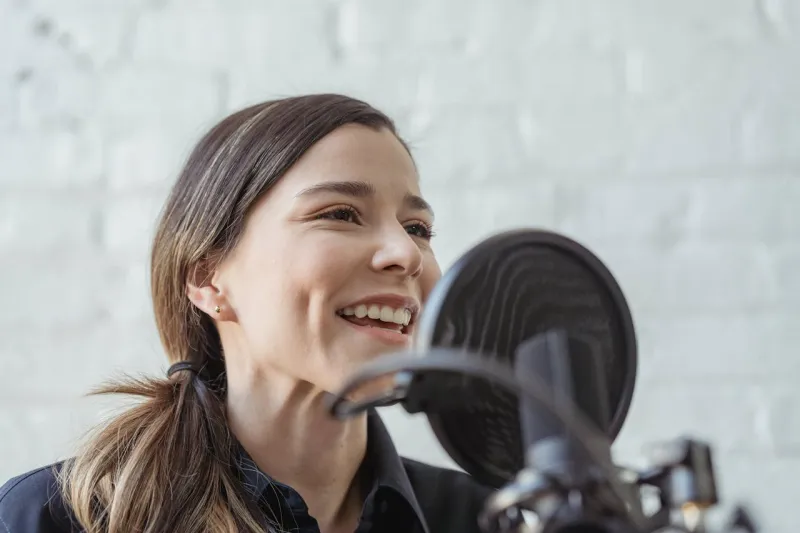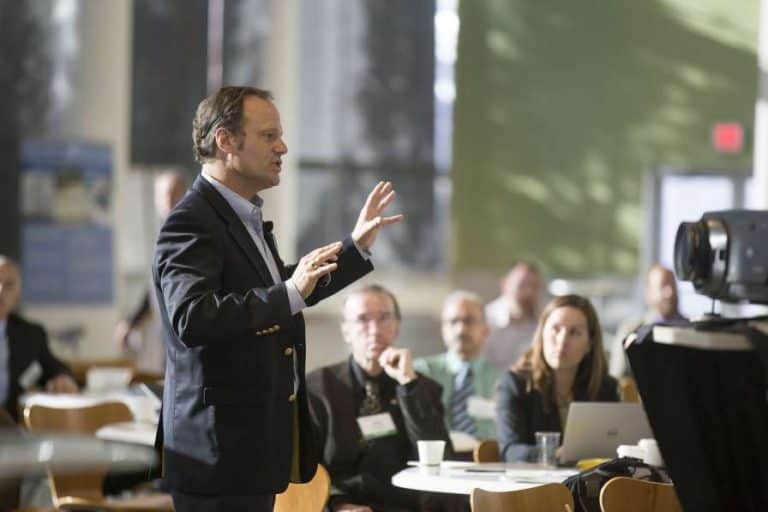Common Speech Starting Transitions: Without Further Ado!
You’re taking your steps onto the stage. There’s a room full of people looking at you, all eyes fixated on your entrance. You can hear your heart thumping in your chest. They watch in anticipation, waiting for the first words to come out of your mouth. And that’s when you realize – what do you start with? Enter – transition phrases, the unsung heroes. You might have heard the commonly used starting phrase “Without further ado!”. Are there any others that you can use?
There are a lot of fantastic alternatives that you can use instead of “Without further ado!”. Some of the most common speech-starting transition phrases are:
- “Let’s dive right in”
- “Moving swiftly on”
- “On that note”
- “Let me take you back to…”
- “Let’s cut to the chase”
- “Have you ever wondered…”
- “Believe it or not, but…”
- “As [famous person] once said…”
- “Without keeping you waiting any longer”
- “Here we go”
These starting speech transitions are like appetizers to the main course, which is the rest of your speech. They get the audience ready for what you have to say, and they also set the tone for what is to be the rest of your presentation. Let us take you through these phrases, so that the next time you’re on stage, you have a juicy opener all ready. So, without further ado (pun intended), let’s begin!
10 Starting Speech Transitions You Can Use
Here are ten different speech transitions that will take your public speaking skills to another level!
1) Let’s Dive Right In
Like jumping into the proverbial pond, this is an action-packed opener. It tells your audience that “Yes, let’s get right to it!”. It shows eagerness and enthusiasm, and it lets your audience know that you’re geared up to share the information that you have with them. If you want to establish a positive tone right from the get-go, use this one.
2) Moving Swiftly On
Sometimes, you may not have all the time in the world. Perhaps you’ve been given only 2 minutes to do your speech. Why waste time? Use this particular transition to begin your speech swiftly and efficiently. It’s also a great way to show your audience that the faster you start, the more information they’re going to get.
3) On That Note
One of our favorites! Usually, when a speaker is introduced to an audience, there’s a lot of applause and loud cheering. You want to keep that positive vibe up throughout, so you can use the phrase “On that note” to let your audience know that you’d like to continue with the same energy and tone that they started with.
4) Let Me Take You Back To
This is a classic story-opener. When you’re starting your speech with a personal anecdote or maybe a historical event, you can use this transition phrase to immediately engage your audience. This story-telling opener will connect with your audience emotionally and can make your speech really powerful.
5) Let’s Cut To The Chase
Clear, concise, no-nonsense – this is a phrase that speaks of authority. You’re letting your audience know that you’re not there to beat around the bush or waste their time. Instead, you want to get right to the point. Use this opener, and we’re sure it’ll command the attention that you need to go on.
6) Have You Ever Wondered…..?
One of the best ways to start a speech is by using a question. And this particular one will get your audiences’ curiosities running and make them think. Make sure the question is relevant to the topic that you’re going to talk about, and ensure it’s interesting enough to actually get them pondering.
7) Believe It Or Not, But…..
Who doesn’t like surprises? If you have a shocking statement or a fact that you know is going to grab your audience’s attention, use this opening transition. It will intrigue your audience and set the stage for that dramatic reveal.
8) As [Famous Person] Once Said……
The Greeks used the word ‘ethos’ to refer to establishing credibility during a speech. And what better way to establish your own credibility than by quoting a renowned person? This phrase is one of the most excellent ways to start your speech and can make even the most boring topic come alive.
9) Without Keeping You Waiting Any Longer
When you let the audience know that you respect their time, they’re going to be more inclined to respect yours as well and be keen on what you’re going to say. This transitional phrase does a great job of empathizing with your audience and making them more attentive during the opening of your speech.
10) Here We Go
Last but not the sweet, we have a simple, sweet opener. It implies a sense of fun and shows your enthusiasm for the topic that you’re about to discuss. When you use it correctly (with a smile on your face and positive body language), it’s such an uplifting opener that your audience can’t help but want to listen to you.
Final Thoughts
With these 10 speech-starting transitions, you can go ahead and add some creativity to your words. No longer will you be stuck with the same old “Without Further Ado!”. Try some of these out, and we’re sure you’ll see the difference for yourself! If you want more transition phrases, check out this list of 69 transition phrases you can use! – https://www.acethepresentation.com/transition-in-a-speech/
-

Types of Signposting: 10 Examples of Signposts in Speech
-

Smooth Transition in a Speech – 69 Transition Statements
-

The 7 Basic Elements of Public Speaking
Frequently Asked Questions (FAQs)
Now, let’s dive right in (again, pun intended) to some of the most frequent questions that we get asked about speech-starting transitions.
Q.1. When should I use “without further ado”?
A. Use this phrase when you want to move quickly to the main event or point of your presentation, especially if there’s been some build-up or anticipation.
Q.2. Can I start a speech without a transition?
A. Sure thing! There’s no rule that you need to start with a transition. Sometimes, a powerful opening statement can be just as effective. However, transitions can help guide your audience and set the tone for your presentation.
Q.3. How can I practice using transitions effectively?
A. Practice makes perfect! Try incorporating different transitions into your everyday conversations to get a feel for them. Also, listen to great speakers and take note of how they use transitions to engage their audience.






